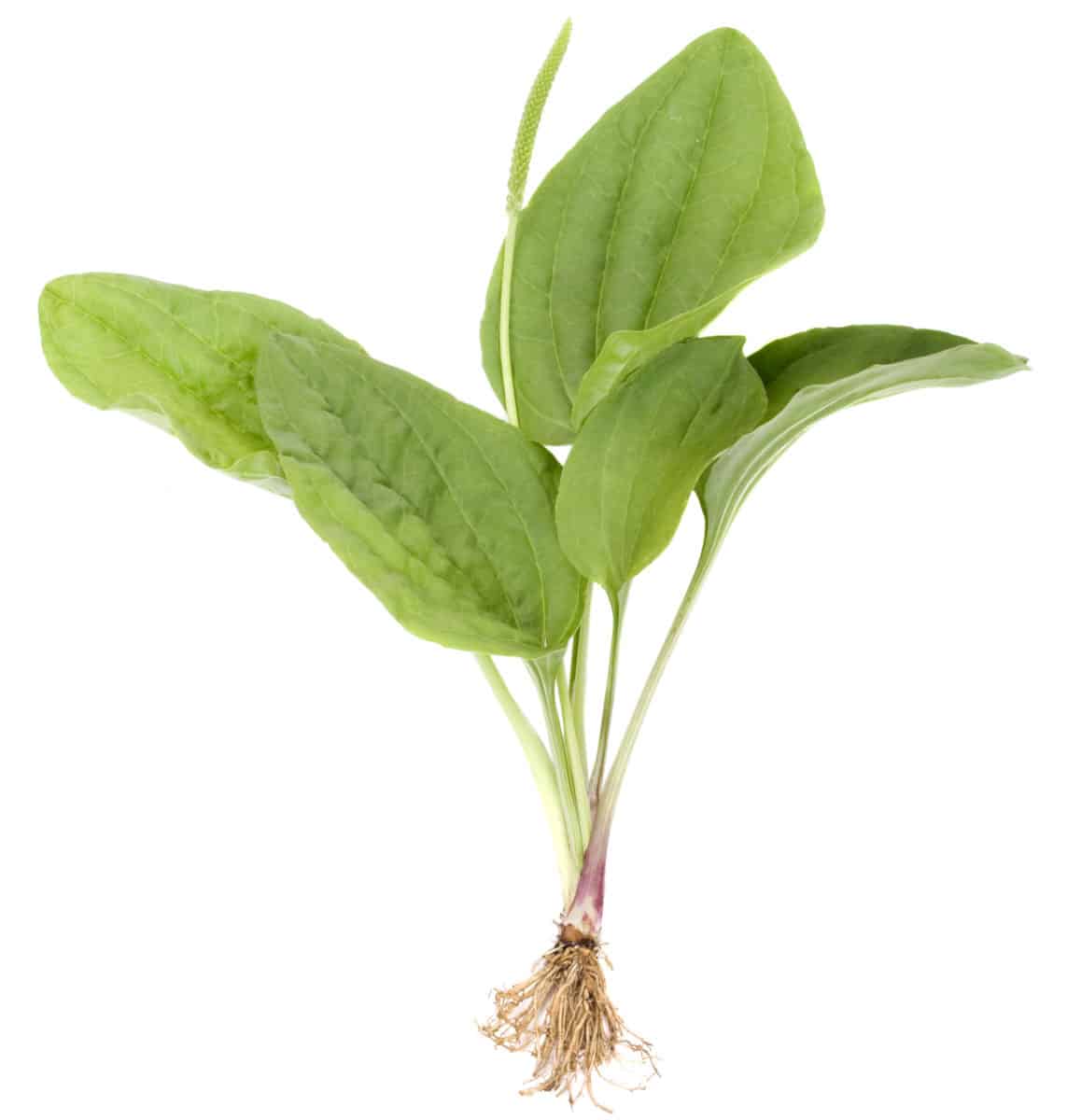I invite you to join me in embracing the gifts of a wild resource! I am honored to introduce you to some wonderful wild plants that contribute towards the regeneration of planet earth while simultaneously supporting the optimal health of our own bodies. These plants grow abundantly, are easy to find and often considered to be weeds by society.
Please meet my marvelous green friends who many of you may already know, but perhaps have not made intimate connection with recently…mallow, purslane, plantain, amaranth, lambs quarters, dandelion, thistle, curly dock, clover, knotweed, chickweed, grass and mustard.
These special plants are found everywhere on the globe next to human civilization. Being human, we are experts at disturbing land and compacting soil which creates the perfect niche for these plants to grow. Nature made these wild plants highly adapted to sow themselves in the wake of our activity and they follow our footsteps across the world.
While being essential food and medicine, they also provide forage for the pollinators and regenerate disturbed and stressed lands. Their deep taproots aerate and break up compact soil increasing earthworm and other microorganism activity. Their leaves compost yearly building topsoil to improve the land’s fertility. By simply valuing what is growing under our feet, we have access to improve the quality of life on a local and global level.
Wherever we are, either at home or traveling, these wild plants can help us maintain a state of vitality with minimal cost and effort. Each one represents a rich food source and first aid kit. Here is a little peek into some of their attributes:

Purslane (Portulaca) seeds are one of the best sources of omega 3 fatty acids. The leaves and stems are juicy, succulent and taste lemony.
Thistle (Carduus) greens make a fantastic juice. Harvest the greens carefully from the prickly back stem or use gloves. Place them in the blender with plenty of water, an apple and a lemon. Blend and strain the pulp out to make a delicious thistle lemonade.
Mallow (Malva) has a pleasant mellow flavor and is delicious in salads and juices while gently drawing out congestion from the body. The whole plant blended and strained also makes a great base for homemade lotions and shampoos.
Plantain (Plantago) is not only a great food but also acts as the perfect first aid kit in a myriad of ways. The leaves chewed into a mash draw out snake venom, spider bites, infection and assist rapid healing of injuries.
Clovers (Trifolium) replenish the soil with nitrogen and re-mineralize our bodies with a full spectrum rainbow of trace minerals that support the integrity of long-term health.
Dock (Rumex) leaves are used for lettuce when young. The seeds ground fine make great flour for adding to breads. The root works as a powerful natural antibiotic and immune builder.
Lambsquarter (Chenopodium) has far greater nutritional value than spinach and its seeds are highly nutritious.
Amaranth (Amaranthus), also known as pigweed, is a wild food of choice. The greens are delicious raw and for making into green chips and the leaves and little black seeds are packed with protein.
Dandelion (Taraxacum) reminds us how to survive in style. The whole plant is edible and highly beneficial for good living. The roots are eaten raw or prepared like a wild potato, the greens are delicious and have a slightly bitter taste. The flowers taste like honey and the stems make great musical flutes.
Mustard (Brasica) is a spicy edible food and encourages good circulation in the body. All mustards have four flower petals that come in different colors. The greens make a flavorful addition to dishes and the yellow seeds create great condiments and add variety to your spice rack.
Chickweed (Stellaria) makes the most delicious salad with its lightly spring green flavor. Chickweed is delicate and likes to grow up on other plants. It forms a tangled mat as it matures later in the season. Chickweed is high in vitamin C and supports immune health.
Grass (Poacea) When grasses are still young, chew the organic blades until the juice is released and spit out the pulp. The cellulose in grass is too much for our stomach to digest, however the nutrition is exceptional in regenerating our body’s minerals and vitamin supplies. Grass is packed with chlorophyll, enzymes and is one of the best anti-inflammatory foods.
Knotweed (Polygonum) is easy to overlook or even step on. It grows low to the ground in sidewalk cracks and places where no other plants will grow. Knotweed is a primary succession plant helping regenerate the earth from disturbances. It is a wild buckwheat and the leaves make a fantastic survival food.
These plants are guides and help us connect deeply with our sense of place. They are adapted to our local climate, altitude and terrain. When we ingest them, their wisdom and integrity become a part of us on a core level. They teach us how to maintain vitality, build interconnectivity and adapt to change. Integrating these wild plants into our daily practice provides a path of simple abundant living that can lead to the benefit of all beings. ![]()
